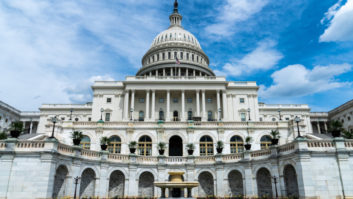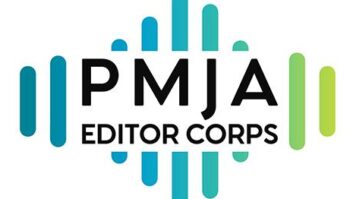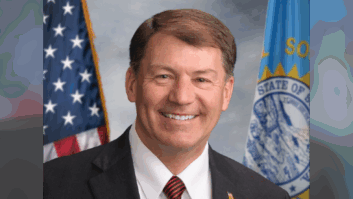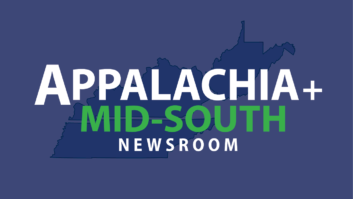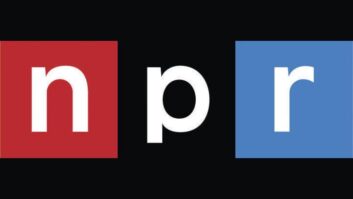The author is membership program director of the National Federation of Community Broadcasters. NFCB commentaries are featured regularly atradioworld.com.
Facing a government shutdown, lawmakers appearhave decided to fund agencies the Trump White House had signaled as all but dead, including the Corporation for Public Broadcasting.
You really couldn’t write a better radio drama. There has been no shortage of heroes, villains and history. In this story, the citizens came to the rescue.
For all the criticism it gets, CPB remains an essential institution supporting educational media. Founded 50 years ago, it was created to support a radio and television service that was free (and unencumbered by paid advertising) for the advancement of education, civil dialog, and cultural fluency among the American people. In March, the president’s proposed federal budget zeroed out our generations-long investment in public media.

Word of the virtual death of CPB sent shockwaves throughout the community media world. Tribal radio, rural stations and many others would be hardest hit by a loss of federal funds, and community leaders spoke out vigorously. Native American stations like KIDE, for example, rely on support for basic services. CBS Sunday Morning is among many media outlets to convey the importance of community media. Protect My Public Media, the Community Counts Coalition, Free Press and others jumped up and made it clear community radio wasn’t going down so easily.
The apparent rescue of Corporation for Public Broadcasting funding is the product of many factors. Beltway watchers know there are many fights among Republicans; political compromises are made to earn votes and then there’s the minutiae that is simply being in the halls of power. An overlooked part of this subject is the growing public awareness of community media across the United States.
A May 2 Harris Poll shows noncommercial media’s influence is growing. Conservatives, long cast as the antagonists of public radio, are — surprise, liberals — interested in context, good stories and intelligent reporting too. NPR’s own efforts to address charges of bias haven’t hurt its stock. Instead, stations traditionally on the far end of the dial are becoming people’s refuge from shouters and salaciousness. In an increasingly complex world, many Americans want the answers and information that noncommercial media offers.
To hear some tell it, federal funding is all about NPR and big-money outlets. In a Washington Post analysis, Callum Borchers torches this equation with some rattling statistics. NPR gets less than 1% of its revenue from CPB. A Columbia Journalism Review study remarks WNYC, ostensibly a target of conservative consternation in liberal New York, gets only 6% of its money from federal disbursements. According to this research, 90.3% of those CPB funds go to local stations. In rural areas, that appropriation makes up some 40–50% of stations’ budgets.
In a statement, CPB’s Patricia Harrison said, “The federal appropriation provides the foundation of this unique public-private partnership, essential funding for the nearly 1,500 locally-owned and operated public television and radio stations across the country. Federal funding ensures that public media serves rural, small town and urban communities alike, and makes possible stations’ service in early childhood education, public safety, connecting citizens to our history, and promoting civil discussions.”
The latest debates created a groundswell of stories. Look no further than #SaveOurStations for many testimonials about this medium. CNN and company say CPB funding was purely a case of backroom dealing. I’m skeptical. In this age of actively engaged communities, no one can deny that the power of people speaking up via social media, town hall meetings, phone calls and by letter means a great deal.
One thing is certain: the federal funding issue for noncommercial media is far from over. The latest appropriations bill offers an advance appropriation for CPB for fiscal year 2019, which is the same level of advance funding as previously presented. However, you can guarantee our education efforts must go on. Jacobs Media notes that there remains low awareness for public media. We have a lot of work to do.
Whether public media receives CPB funding or not, it is crucial for stations to see the importance of federal investments in our shared infrastructure. In addition, citizens must consider the ancillary effects of educational broadcasting.
Community radio stations nationwide create learning opportunities, spotlight local arts and culture, and have an understated impact on jobs, commerce and regional business. In many communities, arts and culture is an economic driver we cannot overlook, and community radio is central to it. Federal funding cuts also diminish essential emergency preparedness and safety services, for which noncommercial media is often a linchpin. America has much at stake when it comes to community media, our decades long investment must continue.
